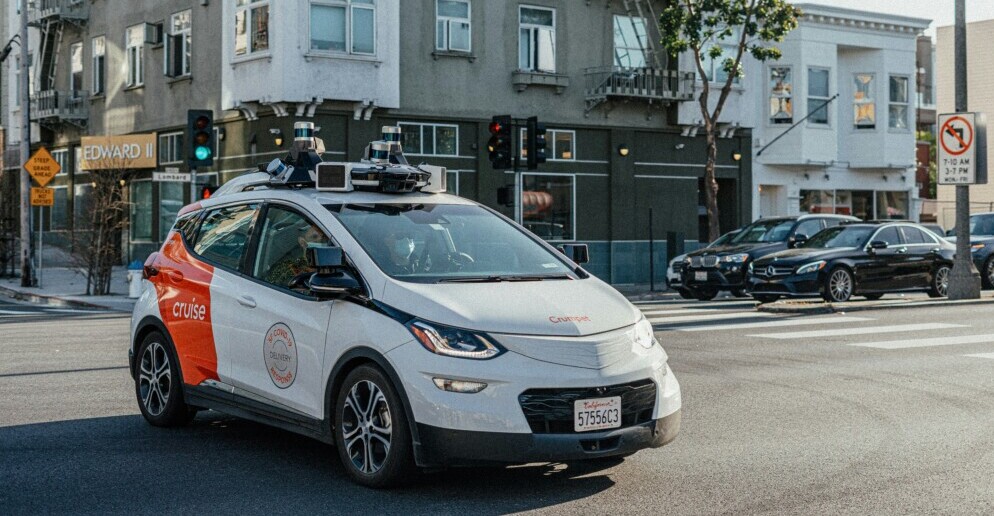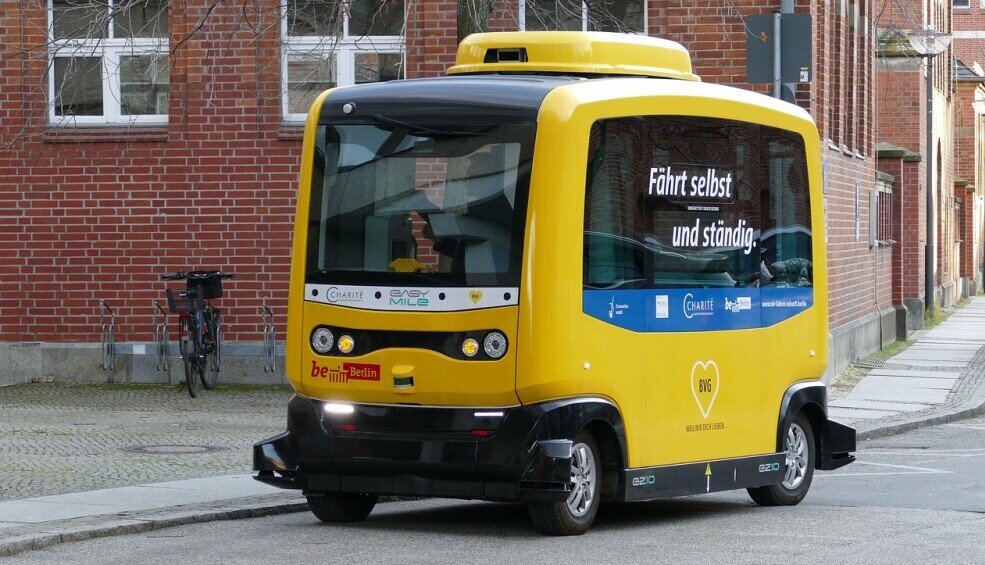The Future Of Autonomous Electric Vehicles
Autonomous electric vehicles, or AVs, have been the talk of the town with their potential to reshape how we zip around. But with all the buzz, it’s important to break down the jargon. AVs are classified into levels, ranging from 0 to 5, based on their automation capabilities. Level 0 involves no automation, basically your old-school human-driven cars. As we move up to Level 5, we’re talking about full automation where you kick back and let the car handle everything.
Diving into these types, it’s more than just personal cars getting smart. Think beyond your driveway. Public transport like autonomous buses, commercial fleets, and even industrial vehicles are gearing up to integrate these autonomous features. It’s a broad spectrum, pointing towards a future where different types of mobility services are part of this automation revolution.
Technological innovation in this field is nothing short of a rollercoaster ride. Everyday there’s a new AI marvel making AVs smarter and safer. However, these tech enhancements come with their fair share of challenges. You have to consider AI integration issues, especially when it comes to merging the tech with real-world driving conditions. It’s not all about speed; it’s about making the ride smooth and safe.
So, where do we stand? Well, both heavyweights like Tesla, Waymo, and even startups are putting their foot on the accelerator to advance AV tech. While some folks are pushing boundaries with hands-free highway driving, others are still testing the waters with city rides. It’s a patchwork progress, with some companies leaping ahead while others take cautious steps.
Potential Market Growth and Emerging Segments for Autonomous Vehicles
When it comes to the future of autonomous vehicles, the market is definitely shifting gears. Different vehicle segments are ready to embrace this tech leap in big ways. Personal cars are on everyone’s mind, but that’s just scratching the surface. We’re also looking at industries like logistics, where autonomous trucks could change the game for delivery efficiency.
If you’re curious about numbers, pay close attention to market size forecasts. Analysts are crunching data to predict how fast this sector will grow. It’s not just about more AVs on the road, but also how they change consumer behavior and reshape business models. With these vehicles, car ownership might look different. We might see more of a shift towards shared mobility options.
Startups are entering the scene with fresh perspectives and innovations, but the big names like Volkswagen and GM aren’t backing down either. It’s a fascinating mix of competition and collaboration. Innovators are challenging old standards and bringing new solutions to the table, which keeps the whole industry on its toes.
The adoption of AVs isn’t just confined to personal transportation. In the coming years, we could see AV tech in mining operations, agriculture, and even shipping terminals. These environments have unique needs that AVs can meet, making operations safer and more efficient. The transition won’t happen overnight but watch these emerging segments carefully as they start to pick up speed.
Global Trends and Adoption of Autonomous Vehicles
Autonomous vehicles are all about redefining mobility, and the global stage is set for some interesting developments. In many countries, there’s a race to be at the forefront of this revolution, each with its own strategy fitting their local needs and capabilities.
Leading the charge are tech-savvy giants in the United States and China. Companies like Waymo, Tesla, and Baidu aren’t just tinkering with prototypes—they’re conducting rigorous real-world tests. Meanwhile, in Europe, the focus is on integrating AVs with existing public transport systems and building future-ready urban infrastructures.
Across continents, there are diverse approaches based on regional challenges. In densely populated areas, cities are looking into how AVs can ease congestion and enhance air quality. On the flip side, more rural areas are interested in autonomous trucks for agricultural and logistical support.
Collaboration is the name of the game. International partnerships are forming between automotive companies, startups, and governments to set standards and share best practices. This isn’t just a tech story; it’s a policy and infrastructure challenge. Different regions are at varying levels of readiness in terms of infrastructure and regulations.
These variations highlight how AV adoption isn’t a one-size-fits-all scenario. Governments are tasked with crafting policies that encourage innovation while ensuring safety and trust among their citizens. The path to widespread AV adoption includes addressing these hurdles while taking unique regional characteristics into account.

Challenges and the Road Ahead: Can We Expect Driverless Taxis Soon?
The dream of hailing a driverless taxi is getting closer, but there are some speed bumps to navigate. Safety remains the top concern. Companies are under scrutiny to prove that autonomous tech can handle everything from normal driving to unexpected obstacle detection.
Security is another huge area of focus. Autonomous systems must be bulletproof against cyber threats. This involves not only protecting vehicles from hacking but also ensuring that data privacy for passengers is uncompromised.
Ethical considerations add another layer of complexity. AVs need to be programmed to make split-second decisions, mimicking human judgment. This brings up thorny issues related to accountability and decision-making in tricky scenarios.
Several cities are hosting pilot programs, serving as live testing grounds where the rubber meets the road. Successes and failures here will help shape public perception and policy going forward, giving us a blueprint for broader adoption.
It’s not just the tech that needs to advance; public trust does too. People need to feel comfortable and confident in these vehicles. Education and awareness campaigns will be essential to prepare the public for driverless taxis.
Looking ahead, the timeline for widespread adoption is a topic of much debate. While some predict we’ll be seeing significant numbers of driverless taxis in five years, others are more cautious. It all boils down to technological advancements, regulatory frameworks, and societal acceptance. The vision is clear, but the journey is still unfolding.


3 comments